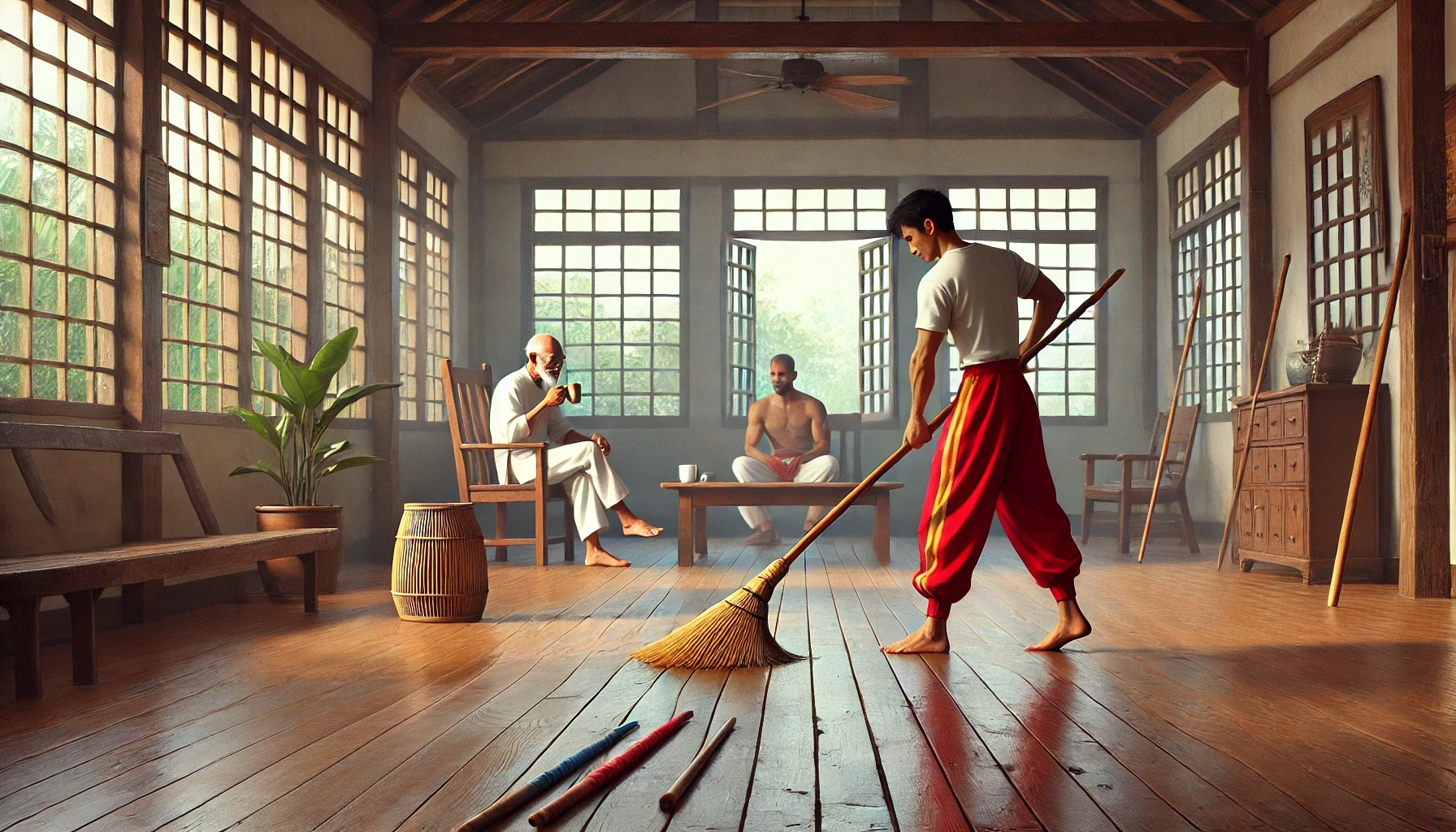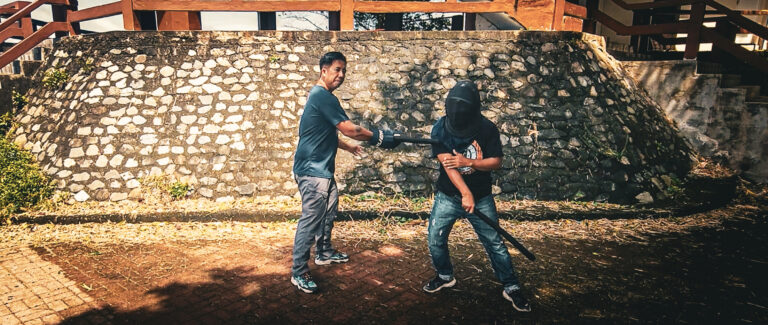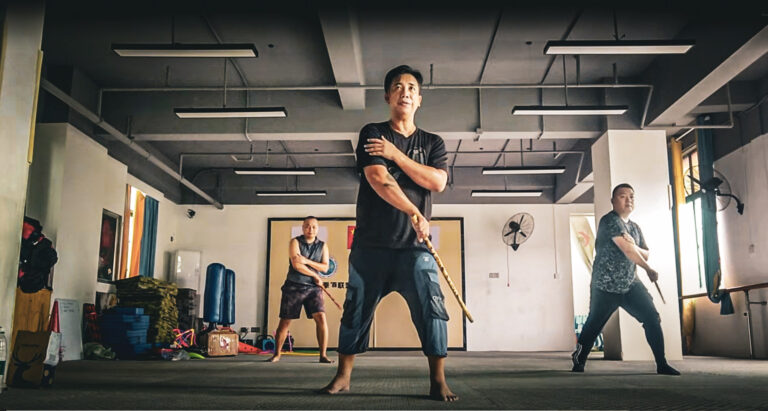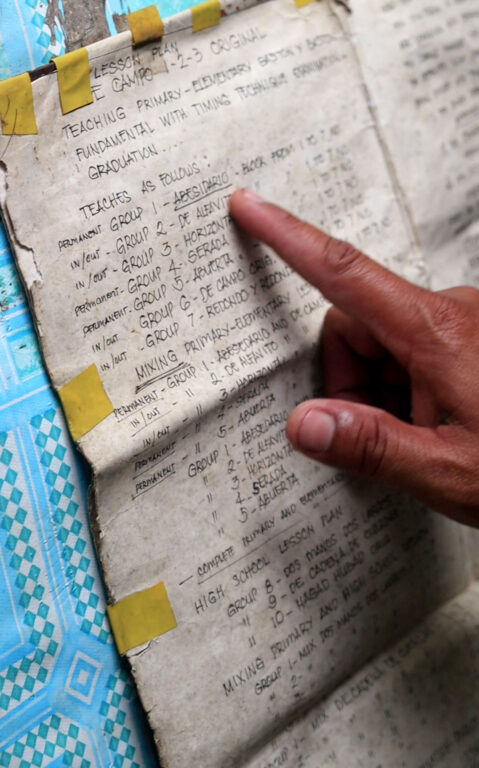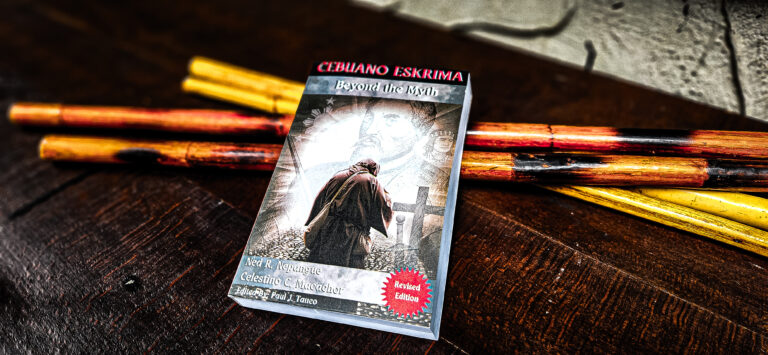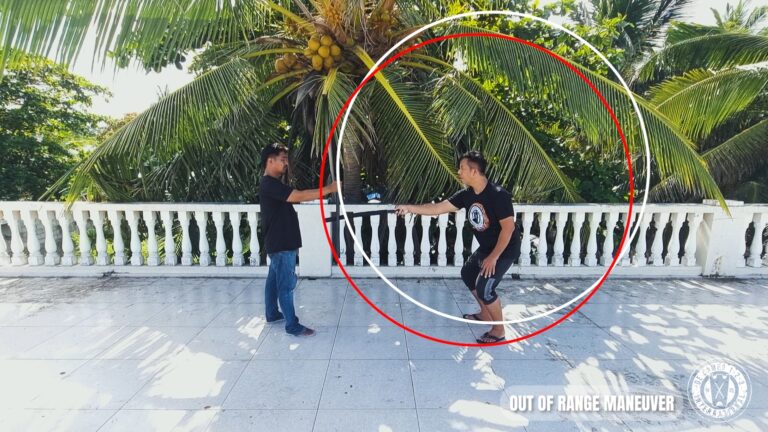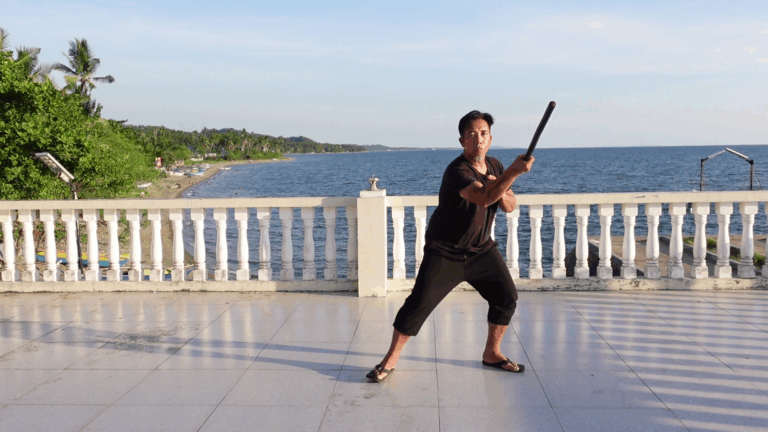In martial arts, especially Filipino Martial Arts (FMA), many believe that sharing knowledge for free is a noble act. However, why teaching should not always be free in martial arts comes down to the importance of commitment and respect. Offering lessons without any cost can lead to unintended negative consequences for both the teacher and the student, diminishing the value of the art.
The Value of Commitment in Martial Arts
When lessons in martial arts come for free, students may undervalue the knowledge they receive. In Filipino Martial Arts or any other discipline, skills developed over decades deserve respect. If students don’t invest in their training, they may not appreciate the depth of what they’re learning. This is why teaching should not always be free in martial arts.
Why Free Teaching Reduces Respect for the Art
While financial payment isn’t always required, students must show dedication. Alternatives like service, loyalty, or hard work are often accepted, as they still show commitment to the art. When a student invests effort or time, they are more likely to value the lessons and understand the importance of the training. This form of exchange creates a reciprocal relationship, where both teacher and student contribute to the growth of the art. If students don’t work for their knowledge in some form, they may take the lessons for granted, losing the discipline and respect necessary for mastery. In martial arts, dedication to the learning process is just as important as the techniques being taught. Without this commitment, the true depth of the art may be overlooked, and students might abandon their training prematurely.
Examples of Hard Work Paying Off in Martial Arts
In martial arts, hard work is often valued as much as financial payment. Grandmaster Rodel Dagooc, a key figure in Modern Arnis, couldn’t afford formal lessons when he moved to Manila in 1970. He worked as a utility boy at a gym, performing tasks in exchange for training. This dedication helped him become one of Grandmaster Remy Presas’ top students, earning his black belt in just two years (Smoking Sticks Arnis Cane Maker) (Grandmaster Rodillo “Rodel” B. Dagooc).
Similarly, Gichin Funakoshi, the founder of Shotokan Karate, worked for his teachers, Yasutsune Azato and Yasutsune Itosu, to pay for his lessons. This tradition of trading work for instruction shows how dedication can replace monetary payment in martial arts(Wikipedia) (Skif World).
When to Offer Alternatives to Financial Payment
In martial arts, hard work and dedication can be as valuable as financial payment. These examples show that while financial contributions are important, commitment can come in many forms. This is why teaching should not always be free in martial arts.
Why Students Should Invest in Their Learning Journey
When students receive free lessons without any commitment, they may not take their training seriously. Skipping sessions or quitting becomes easier when there’s no personal investment. Teachers should charge for lessons or ask for other forms of commitment to ensure students respect their time.
For those uncomfortable with formal payments, donations or contributions through service can maintain respect for the art while ensuring both teacher and student remain committed.
Conclusion
Teaching martial arts should not always be free because it diminishes the value of the art, the teacher’s effort, and the student’s commitment. True growth in Filipino Martial Arts or any discipline comes when both teacher and student are equally invested in the learning process. Contributions don’t always have to be financial—they can come in many forms, such as hard work or service. If you’re looking for dedicated teachers who understand the value of commitment, you can explore the list of Magtutudlo in De Campo to find an instructor who aligns with your values and training goals.

